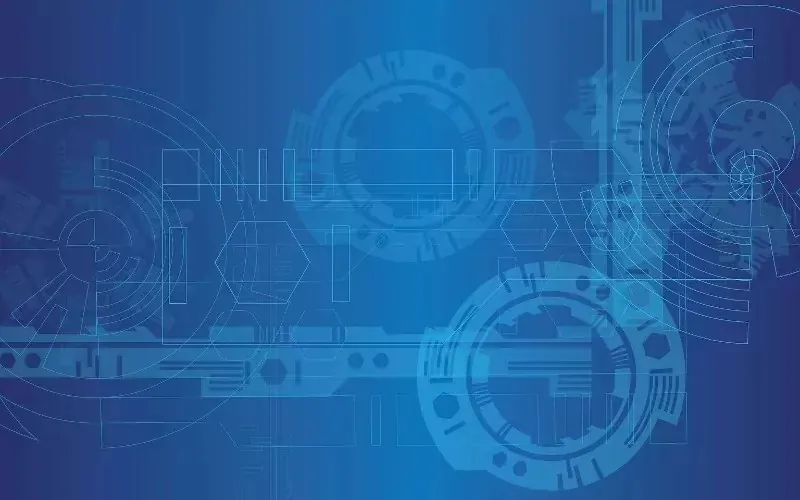3D printing is set to revolutionise local manufacturing, presenting unparalleled opportunities for enterprises. The ability to produce objects on-site offers a promising future for domestic industries, reducing dependency on international supply chains.
With the advent of accessible 3D printing devices, both small businesses and hobbyists are poised to explore new realms of innovation. This shift signifies a profound change, offering speed and flexibility, and fostering a more adaptable economy.
The Renaissance of Local Manufacturing
The emergence of 3D printing marks a transformative period in the manufacturing landscape, particularly for local industries. Companies now possess the capability to produce parts in-house, eliminating the necessity to outsource from international markets. This shift is poised to revitalise domestic industries, reducing lead times, and fostering a more resilient manufacturing sector.
Fernando Hernandez, European MD of XYZprinting, emphasises the revolutionary potential of 3D printing. “We see everything coming back to countries,” he remarks, highlighting a burgeoning move towards local production. Instead of relying on foreign suppliers, small industries can now manufacture limited quantities, ensuring quicker turnaround and customised offerings.
Economic Agility Through Technological Advancement
The integration of 3D printing within local industry aligns perfectly with the concept of an agile economy. Rather than the lengthy process of global shipping and waiting times, businesses can quickly adapt to market changes, producing items directly as needed. This new efficiency can substantially enhance the speed of operation, streamlining supply chains.
Hernandez suggests that by making the manufacturing process more direct, companies can achieve a swifter economic environment. “An economy and industry based on 3D printing will prove extremely swift and can adapt to new markets,” he asserts, envisioning a future where business agility is elevated through technology.
Affordability and Accessibility of 3D Printing
XYZprinting aims to democratise the use of 3D technology by significantly reducing the costs associated with industrial-grade devices. Previously, investing in 3D printing hardware could be prohibitively expensive, often limiting access to larger corporations with ample resources.
By offering models starting as low as £250, XYZprinting makes this transformative technology accessible to smaller enterprises and even hobbyists. The potential for individual users to utilise these devices underscores a grassroots technological revolution. This trajectory suggests a future where 3D printers are as commonplace in homes as traditional desktop computers.
Hernandez expresses a vision where 3D printing transcends novelty status, becoming a staple in everyday living. Within the next decade, households might regularly print anything from shoes to food, all using a singular, multi-functional device.
Future Implications for Daily Life
In shedding its reputation as an exclusive tool for high-tech industries, 3D printing is on track to become integrated into daily lives. The technology’s potential is expansive, promising applications in diverse sectors including fashion, food, and even healthcare.
With 3D printing, consumers will experience unprecedented convenience and customisation in their products. Imagine a world where you can produce exactly what you need, tailor-made to your preferences, within the confines of your own home. This personalisation signifies a shift in consumer behaviour, encouraging eco-friendly practices by reducing waste.
Hernandez predicts a time when the lines between consumer and creator blur, leading to a more engaged and technologically fluent society. Within this framework, the impact of 3D printing extends beyond economics to cultural and social transformation.
Challenges and Opportunities Ahead
Despite its promising potential, the widespread adoption of 3D printing presents several challenges. The industry must address issues related to standardising materials, quality control, and the environmental impact of new production methods.
However, the opportunities far outweigh the obstacles. As industries navigate these challenges, they are likely to discover innovative solutions that further advance the capabilities of 3D printing. This pioneering technology is expected to lead towards increased collaboration across sectors.
Hernandez highlights the necessity for continued innovation and adaptation, suggesting that as the industry matures, the initial hurdles will foster resilience and creativity. “We’re aiming for 3D printing to not be on the news anymore,” he muses, envisioning a time when it becomes a routine element of life.
XYZprinting’s Role in the Industry
As a frontrunner in the 3D printing revolution, XYZprinting plays a crucial role in shaping the industry’s future. Currently responsible for 25 per cent of all units sold worldwide, the company is at the forefront of making 3D printing accessible across different markets.
Hernandez envisions a gradual shift where 3D printers become an integral part of everyday business and consumer applications. By continuously developing affordable devices, XYZprinting advances the likelihood of universal adoption, contributing to a more sustainable manufacturing model.
Embracing a New Era
The advent of accessible 3D printing technology heralds a new era for local industry. By fostering innovation and enhancing technical skills, it offers communities the tools needed for socio-economic growth.
The potential for 3D printing to empower local businesses is vast, encouraging a future marked by both economic and creative prosperity.
In conclusion, the integration of 3D printing into local industries signals transformative potential for economies worldwide. By embracing this technology, businesses can achieve unprecedented levels of efficiency and customisation.
The journey towards ubiquitous 3D printing is not without its challenges, yet the rewards promise a future of innovation and economic revitalisation. As 3D printing becomes a fixture in daily life, its impact will extend beyond production, reshaping industry and society alike.

